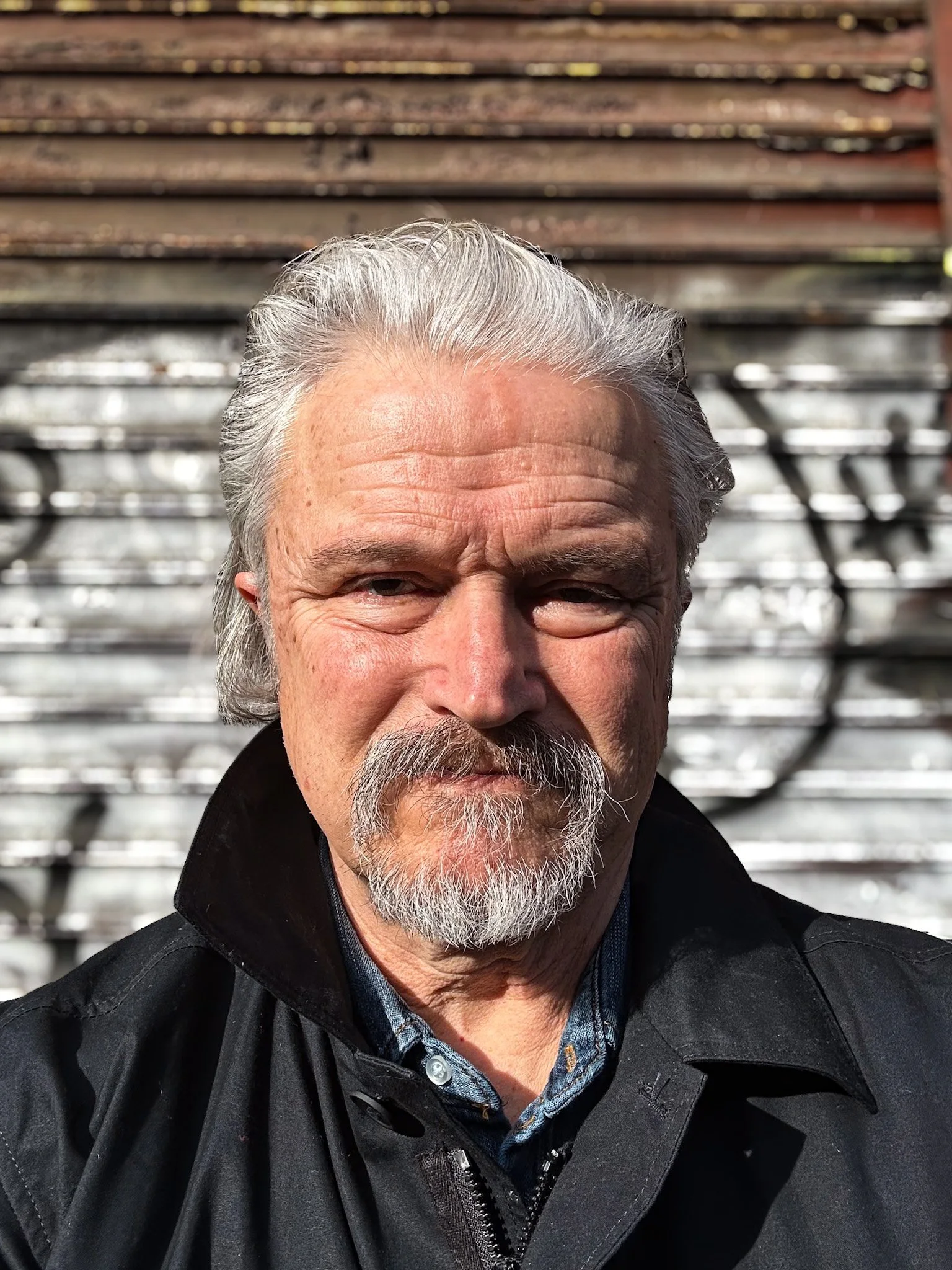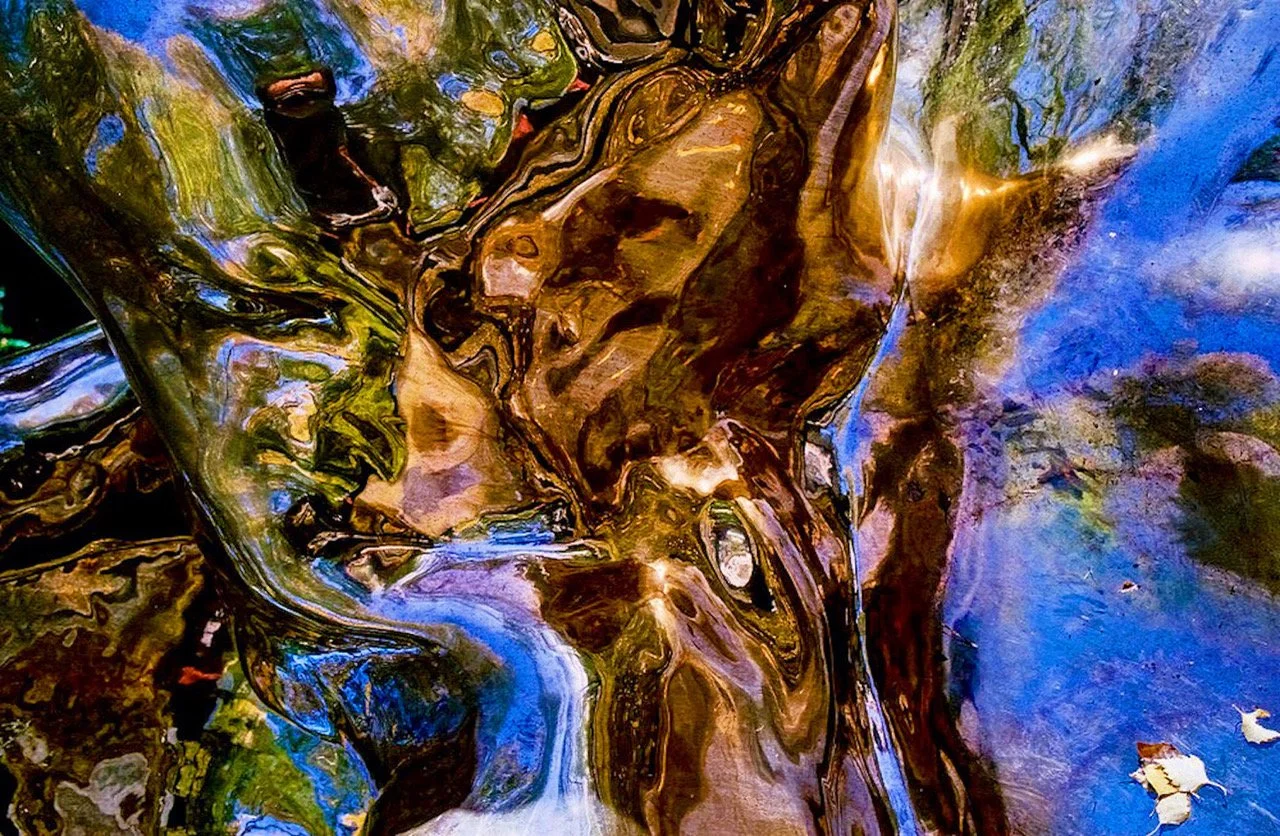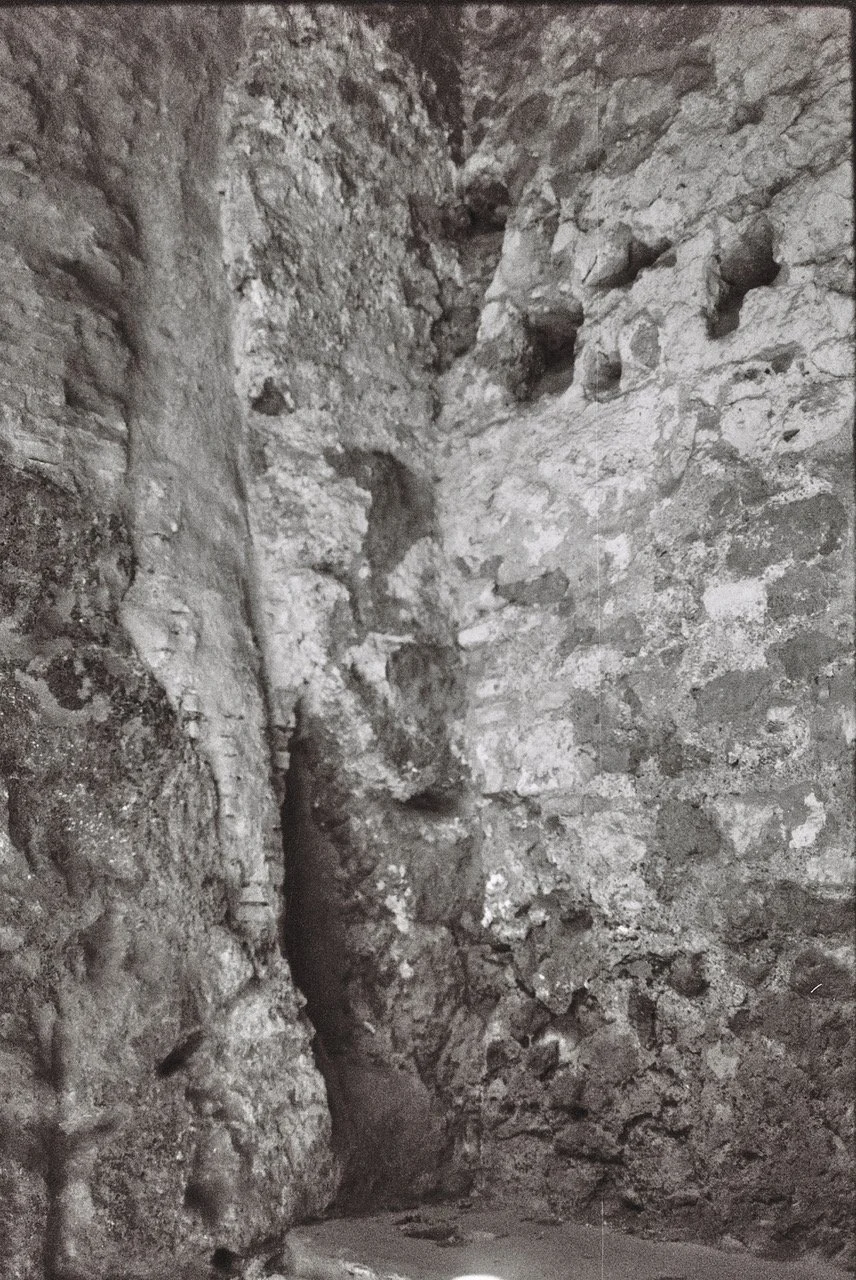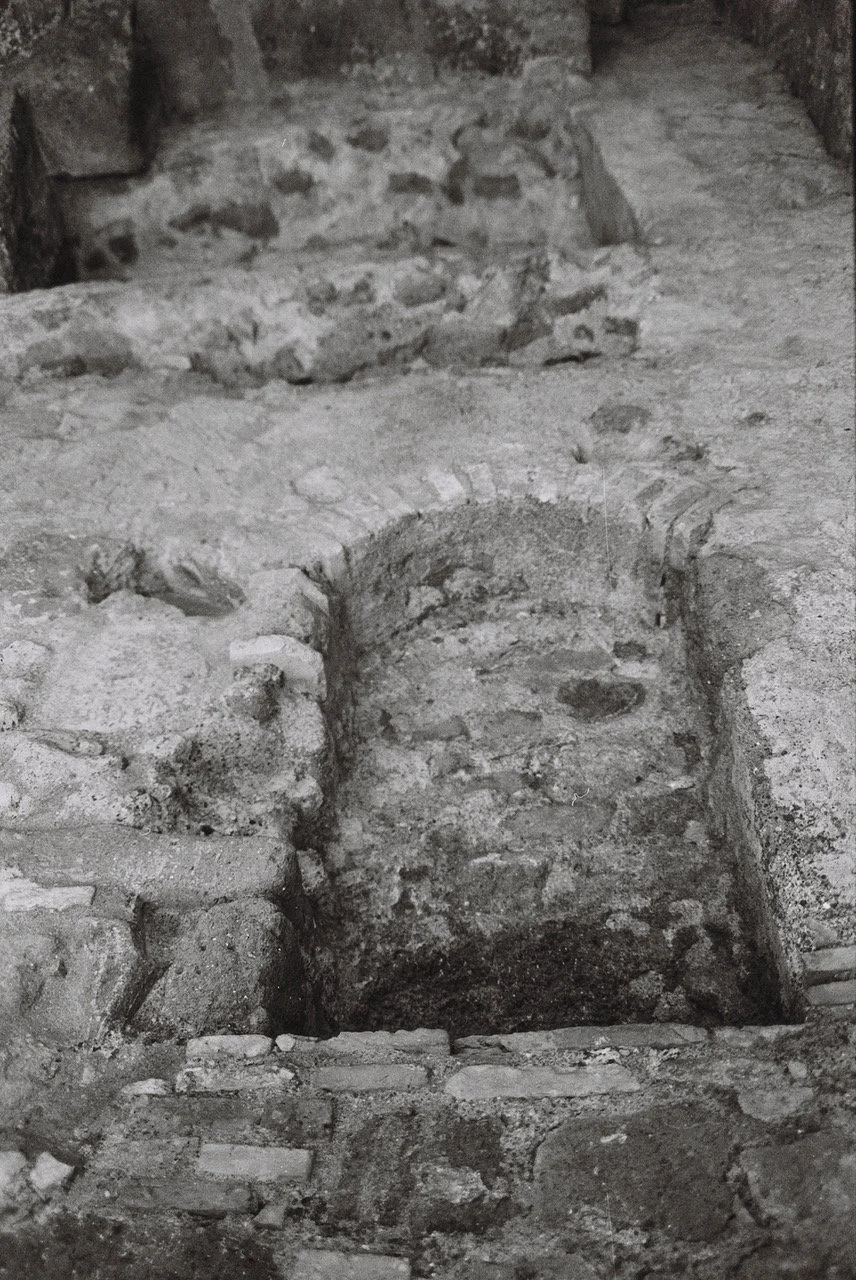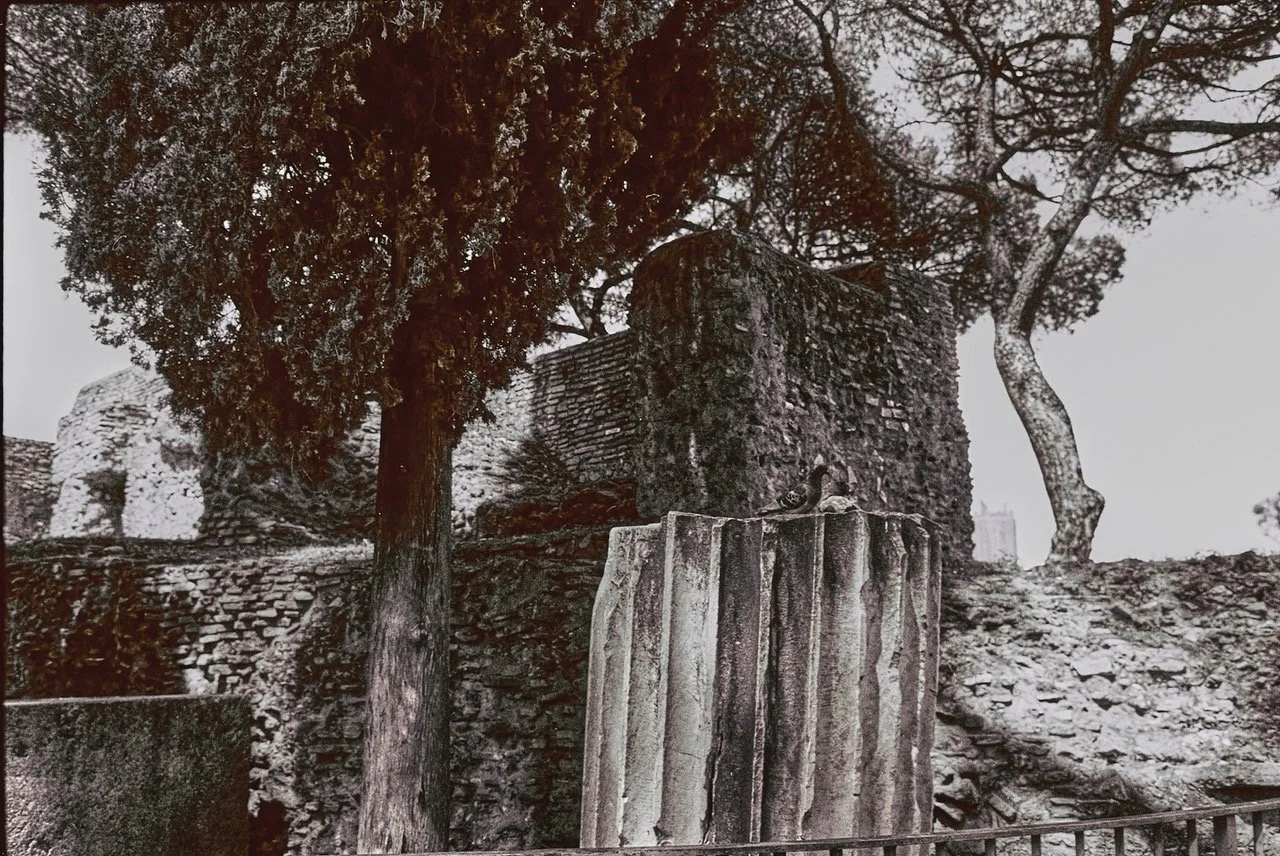Member Spotlight
Check out the stories and images of select LSI members. If you’re a member and want to be featured, email us at info@leicasocietyinternational.org.
“Photography is a natural extension of my mindfulness practice.”
— Tim Auman
Tim Auman
Each photo walk is its own reward—a practice in presence, in seeing, in simply being.
I was born in California and raised in the foothills of North Carolina, where my love for quiet reflection and connection with the natural world began to take root. After twenty years serving as a university chaplain, I’ve shifted my focus toward what I find most meaningful: helping people slow down, wake up, and reconnect—with themselves and the world around them.
As a certified mindfulness educator, photography instructor, and ordained Buddhist layperson, I work with individuals who want to:
Stay grounded in the present moment through accessible, powerful mindfulness practices
Manage stress and anxiety by learning to regulate their emotions with kindness
Deepen self-awareness and integrate thoughts, feelings, and emotions
Improve focus and productivity in both personal and professional settings
Transform and heal self-limiting patterns and behaviors
Photography is a natural extension of my mindfulness practice. I’m drawn to the quiet, often-overlooked beauty of everyday life—what some might call ordinary or mundane. My work is deeply influenced by the Nalanda Miksang tradition of contemplative photography—Miksang meaning “good eye” in Tibetan. I’ve had the privilege of studying with the tradition’s master teachers for many years, and I continue to find joy in helping others discover the profound stillness and clarity that comes from truly seeing.
In contemplative photography, we slow down.
In a world driven by speed and ambition, it’s easy to get swept up in the rush toward the next thing—the next task, the next achievement. But in doing so, we often miss the quiet beauty of the journey unfolding right in front of us. Contemplative photography invites us to pause, breathe, and truly see—not with our thoughts, but with our eyes and heart.
At the core of this practice is a simple but profound distinction: thinking and seeing are not the same. Thinking filters the world through concepts and ideas. Seeing, on the other hand, meets the world directly—just as it is, fresh and unfiltered.
As Henri Cartier-Bresson, the master of the decisive moment, once said: “Technique is important only insofar as you must master it in order to communicate what you see… In any case, people think far too much about techniques and not enough about seeing.”
When I pick up my Leica M3, M4, or M6, I try to let go of expectations. I pause. I breathe. I fill the frame with whatever stopped me in my tracks—no more, no less. In a spirit of gratitude, I receive the image. I don’t take or capture it. I let it come to me.
Sometimes I return home with a handful of images I truly love. Other times, none at all. But each photo walk is its own reward—a practice in presence, in seeing, in simply being.
If you’d like to explore some of the images that have come out of this way of seeing, you’re invited to visit: timaumanphotography.com
Mari Amman
A true collaborator
Mari Amman (b. 1984) is a multidisciplinary artist. Her first public exhibition in 1999 was a land art sculpture. She works with images, installations, poetry, performance, painting, sculpture, video, textiles and design. Geological Empathy and Sublime Rheology are concepts underscoring her interest ways the imaginary realm influences reality. Amman is a European Innovation and Technology Culture & Creativity Expert Evaluator. She collaborates with biology, technological and geological scientists, music, architecture, and culture professionals.
Her interest in the quixotic and understanding through arts arose from being raised near the Agonic line, surrounded by forest, prairie preserves, a nuclear power plant, industrial agriculture, and tracing autoethnography with her paternal heritage to political activist Ellen Ammann, landscape artist Harriet Sundström, and maternal Italian heritage. Her commitment to bringing beauty and harmony into reflective cultural work aims to uncover discernments and recenter hearts during geopolitical and technological transitions. Her foundational training in music and dance underscores her artistic research involving geology, resonances, orology, dream study, social psychology, philosophy, temporality, memory, somatics and parietal perception. Omniscient, monolithic image and text, was awarded 1st by the jury in the Imaging New Eurasia exhibition, in Gwangju (SK, 2015). Afjordance screened during AWMAS (UCSB, 2020). She was poet and artist-in-residence in Paris (FR, 2023), Bonny Doon (US, 2022), Kjerringøy Land Art (NO, 2020) guided forest bathing and presented Sublime Timescapes. Art Farm Iowa (US, 2023), Arte Expuesto (MX, 2023), Stefan Simchowitz (US, 2020) exposed and collected her work. She researched trauma psychology and developed a practical method for transmutation at Angelot-Trélex (CH, 2019), participated in PraksisOslo, Praxisdansfestivalen, and a Butoh residency with Mushimaru Fujieda at KHiO (NO, 2017, 2018). She holds a Master of Fine Art (honors) with Frankfurt School Theory/Conceptual Studio Practice from Otis College of Art and Design in Los Angeles, California (2015), and Bachelor of Fine Art (Dean's List) in Advertising/Interior Design from Illinois Institute of Art (2006), Photography and History of Photography at College of Lake County in Grayslake, Illinois, and Social Psychology at Ehime University in Matsuyama, Japan (2012).
Forthcoming works are iterations of Trânsito, Suspended Planes at TEKS, Gong Teppe, Igloo. Artistic research projects Aesthetic Resonances, Pozzolana, and Landcape-Memory-Eros developed from pedagogical methods for Pattern Recognition, Visual Literacy, and Body Architecture. Find poetry and meanderings at Le Lapin. (https://lelapin.substack.com)
Follow Mari Amman
https://mariamman.net | IG @mariammanstudioTransitoVereri | Prosjekt-Cellfmariamman.net
Recent Work/News
TransitoVereri | Prosjekt-Cellf | Suspended Planes | Sublime Timescapes | Reimaginations | All in Twilight | More Than Human | Aesthetic Resonances | Pozzolana (Roman Concrete) | Landscape Memory Eros | Gong Teppe | Igloo
David Smith, London, Ontario CA
A collector’s journey from microscopes to cancer to cameras
My passion for film photography began with a different sort of vintage lens, the kind you mount to an aged brass microscope. I’m a biologist and have always been fascinated with antique microscopes, even though my research is mostly done on computers. During the covid pandemic, the biology department at Western University (Ontario, Canada), where I work as a professor, took advantage of empty labs and classrooms to purge old, obsolete equipment. Every day when I came to work, I’d stroll past forlorn microscopes sitting in the hallway awaiting their trip to the dump. Being the son of an antique dealer (my mom), I couldn’t leave these beautiful, 100-year-old scopes to such a sad fate, so I started hoarding them in my office. Thus, began my journey as an antique microscope collector.
Many of the scopes I rescued were made by Ernst Leitz GmbH. I was immediately enamored by the quality and craftmanship of their microscopes and by the fact that after more than a century they still worked! Some of the scopes even include specialized analog camera attachments, allowing scientists of past to take 35mm film photos of their specimens. There were even black paint microscopes, showing the same kind of unique “brassing” patterns that are so sought after by camera collectors.
As my microscope addiction took hold, I began bidding on antique scientific items at auction and eventually my office became a small “Leitz” museum. Students and colleagues would squeeze through the door, stepping over dusty wooden slide boxes and 1920’s display stands and say: “David, I think you have a problem.” Through my interest in microscopes, I ended up reading and learning a lot about the development of early Leica “Barnack” film cameras, which were designed and assembled in the same factory making the microscopes and share many similarities with early Leitz microscope cameras, like the Mifilmca. However, the high cost of antique Leica cameras, as compared to the microscopes, meant that I could only appreciate them from afar.
On July 24, 2022, my microscope hoarding was put on hold. I woke up with a terrible pain in my abdomen and by the evening I was free of my appendix. At first, I thought that this was only a small setback to an otherwise stellar summer. But soon enough I was dealt a diagnosis of colon cancer (at the age of 41), almost five years to the day that my father passed way from cancer (carcinoma). At this point, my story will be familiar to anyone with first- or second-hand experiences of cancer: hospital waiting rooms, medical imaging departments, surgical wards, chemotherapy units… In the weeks following my diagnosis, I not only felt robbed of my health but stripped of my passion for science and collecting as well. I was so anxious, I struggled to do even the most basic of things, like respond to emails or go grocery shopping. I realized sitting around feeling sorry for myself wasn’t helpful. I needed a renewed purpose and something constructive with which to distract myself.
That something turned out to be a 1971 mint-condition Leica M4 rangefinder camera with a 50mm Summicron lens. Despite growing up in a mostly analog age (I was born in 1981), this was the first real film camera I’d owned, apart from disposable cameras. I bought some Kodak 400 TMax film, figured out how to load it, and then chased my wife and 6-year-old son around the backyard yelling at them to “hold still and not blink.” I brought the exposed roll to a local film studio (allthingsfilm.ca) and a few days later downloaded the scanned negatives.
I wasn’t expecting anything exceptional from that first roll. Of course, my exposure and composition were way off and most of the photos were mediocre at best. Still, something about the analog quality of the images warmed my heart. I returned to them again and again over the coming days. Seeing my wife and son on film was the perfect antidote to the depression I’d been feeling. I was hooked. Any film enthusiast will relate to my ensuing behaviours: carrying my camera everywhere, sneaking out of the house to buy film, obsessively researching vintage lenses, and watching YouTube videos about gear I don’t need and can’t afford.
It’s been over two years since I was diagnosed with cancer. Dealing with the uncertainty of my health is a daily struggle, but I’m so happy I found film photography. When I pick up a half-century-old mechanical camera, feel brass on my fingertips, and the tactile release of the shutter some of my anxiety melts away. Moreover, the process of taking analog photos, including practicing proper exposure and creative composition, has been a constructive remedy for all the unconstructive changes my body and mind have undergone. Photography has also given me renewed meaning in life—to spend more time focusing on the things that matter, especially family and friends.
I’ve never considered myself an artistic or creative person, but film photography has somehow activated that part of my brain and personality, which I think will ultimately make me a better scientist and a more well-rounded person. Although I have a lot to learn about taking good photos, I do feel that I’m slowly cultivating my own style or at least certain preferences. I love portraits as well as images with a sense of absurdity and/or humour. I shoot mostly black and white (TMax 100 is my favourite film stock) and Leica rangefinders are still my go-to choice for cameras, although a 50mm Summilux has replaced the Summicron as my everyday lens.
Sometimes friends will ask me: “Are you angry at having had cancer at such a young age?” “No,” I say. “I never questioned the universe when all the good things happened, so what right do I have to question it now that I've hit a rough patch? Moreover, I've had and continue to have a wonderful life, and whether I make it to 44 or 84, I consider myself lucky.” It sucks to get cancer, but I’m grateful that it led me to finding photography. Whatever time I have left, I’m confident that film photography will continue to give me meaning and purpose.
-

Chain Link
-

Friends
-

Goalie
-

Open-Closed
Scott Foley, TX USA
My name is Scott Foley and I currently reside in Schertz, Texas. I served on active duty in the US Air Force for almost 27 years and retired in 2015. currently work as a government contractor supporting US Fish and Wildlife which has afforded me the opportunity to travel all across the United States over the last three years. I also teach three online master’s degree level classes for the Center for Development of Security Excellence under the Defense Counterintelligence and Security Agency. Lastly, I am the official photographer for the San Antonio Stock Show and Rodeo here in San Antonio, Texas.
I have been a photographer all of my life. From pre high school days working in the darkroom with my father, to photographing a World Series in Boston…I have always had a camera with me. I was exposed to Leica cameras as a little kid hanging out in my Dad’s camera store in Amherst, MA. My Dad bought and sold Leica cameras which allowed me to experiment. Back then, my favorite combo was the R4 with the Leica APO-Telyt-R 280mm/F2.8 Lens. More recently, I have shot with a Leica SL2 and would love to own an M11 someday.
For my sports and most professional work, I have transitioned from Canon DSLR to a stint with Fuji mirrorless and then Sony mirrorless (several years) and until recently (Jan 2023) I made the switch to a pair of Nikon Z9s. I also shoot with a Hasselblad X2D. My current Leica arsenal is my original R4 from high school (late 80s) and a Q2 and Q2M. I do have a Q3 on preorder with the Leica Store of Miami.
The three images below are a few favorites…the Coastal Brown Bear was taken at Katmai NP in Alaska with a Fujifilm GFX 100s with 250mm. The Saddle Bronc rider was with the Nikon Z9 this past February and the Cowgirl on the horse with the Flag was taken with a Leica SL2.
My goal is to one day tour the Leica factory in Germany, hopefully during one of the annual meetings. I really enjoy being a part of the LHSA and hope to meet fellow members in person at a future event.
I have most of my work displayed on my website, Scott Foley Photography dot com but also keep an active Instagram @S_Foley_Photography.
Milbert O. Brown, Jr. Columbia, MD USA
For the past four decades, Milbert 0. Brown, Jr., has been considered one of Black America's most gifted storytellers. He has been a spiritual leader in presenting the cultural tapestry of African American life through his duties as an editor, educator, photojournalist, and writer. Brown's classic photographic journey has reflected the melodies of the Black communities' joy and struggles. His work, in every instance, showcases a total commitment to excellence and a profound respect for humanity.
Some of his images were produced when he served as a photojournalist and visual editor at two of the nation's top newspapers, the Boston Globe and the Chicago Tribune. While on staff at the Tribune, Brown was awarded the 2001 “Pulitzer Prize in Journalism for Explanatory Reporting” as a contributing team member. Some of his career highlights also included his coverage of South Africa's all-race elections, the post-civil war in Liberia, and the NBA Finals.
During Brown’s secondary occupation as a college professor, he taught photography and media at two of America’s most prestigious Historically Black Colleges and Universities (HBCU); Howard and Wilberforce Universities.
The Indiana native graduated from Morgan State University with a Doctorate in Higher Education Leadership. Dr. Brown earned a Master of Arts degree from Ohio University's School of Visual Communication and a B.S. in Journalism from Ball State University. Today, Dr. Brown combines his talents in producing independent multimedia projects as the principal consultant of Brown Images. He is also completing his book project titled, “Just Us: The Black Experience in America.”
Mike Guillermo, San Francisco, California, USA
My name is Mike Guillermo and I am a registered travel nurse. I am 28 years old and I purchased my first Leica in March 2022. I have always used Sony cameras in the past but once I discovered the Leica Q2, I couldn't stop thinking about it and kept researching about it on YouTube. I ordered it and couldn't be more satisfied with it. It was perfect timing as my travels for the year were about to ramp up.
It's December now and my girlfriend and I have visited Hawaii, France, Germany, Brazil, and much of our current working state in California. The Q2 is simply amazing. I could go on and describe what I love about it but it will probably be similar to what everyone else is saying. What I will conclude with is that the Q2 re-energized my fascination with photography. I get excited about bringing it wherever I go and to me that is worth all of what it costs. I have a copious amount of images to look back on for the year of 2022 and I cannot wait to continue exploring the world with my Q2. I envision that in the future my favorite photos will be framed and proudly displayed in my home. For now, I share most of my photos on Instagram @youlikemike
Larry Kershberg, Fairfax, Virginia, USA
I am Professor Emeritus of Computer Science at George Mason University in Fairfax, Virginia. I am also a Sustaining Member of LHSA and relatively new to the Leica brand, beginning with an M10 in 2018, followed by an SL, and more recently, an M10-R Black Paint, SL2 and Q2.
My interest in photography began around the age of 20, when I spent my Junior year at Monterrey Tech, in Monterrey Mexico. I had a Honeywell Pentax and had to borrow a light meter to get the correct exposure. I have shot with the Pentax, and a wide variety of digital cameras, including Kodaks, Canons, Nikons, Panasonic GH2, and most recently, my Leicas and the iPhone 13 Pro.
I have attended the LHSA meetings in Santa Fe, Zoom and Bellevue, making new friends and learning about Leica cameras and lenses. In fact, the presentations and discussions in Bellevue motivated me to return to the M10 camera. In Santa Fe, we were organized into groups and went shooting. My colleagues were amazed at my facility to walk up to strangers and ask them to allow me to take their photographs.
I have attended workshops organized by the Leica Store Miami on Photojournalism and Lightroom editing. I have also participated in the Leica CCC meetings organized by the Leica Store DC.
The Photojournalism Workshop, led by William Snyder of Rochester Institute of Technology, taught me to research the topic and to shoot the essence/emotions of the subjects, not just their actions. I like to shoot landscapes and also portraiture. I like being able to get my subjects to relax, and then shoot their portraits.
The photos shown below are portraits taken in natural light with Leica cameras.
-

Santa Fe Style
-

Minimal
-

Ronnie
Sharon Leibel, Israel
“A young guy asked me once ‘Do you think I should start photography as a hobby?”
I replied “No. You know why? Because you asked”.
I live in Israel. For me, Photography is breathing. eating. living. I can’t imagine a day without it, Ever since I was 8 years old.- You always could see me with a camera.
I love capturing those little moments, seconds, of life. Whatever has people in it. Moments that will never return.
I came to know the M camera only 3 years ago, And never looked back: My M cameras are my best companions. Not only a tool: They allow me to capture those moments: whether it’s the M246, M7, M6 or the sleek M10P, But also enjoying the process and the journey. Enjoying the craft and the craftmanship.
For me being a part of the LHSA and Leica, is being a part of a family. Family of people who appreciate that. Know that. Think that.
A family of people who shoot photos. Moments. Not megapixels.
Here are a few of Sharon’s images…
-

Out after quarantine
-

Red
-

Homeland

